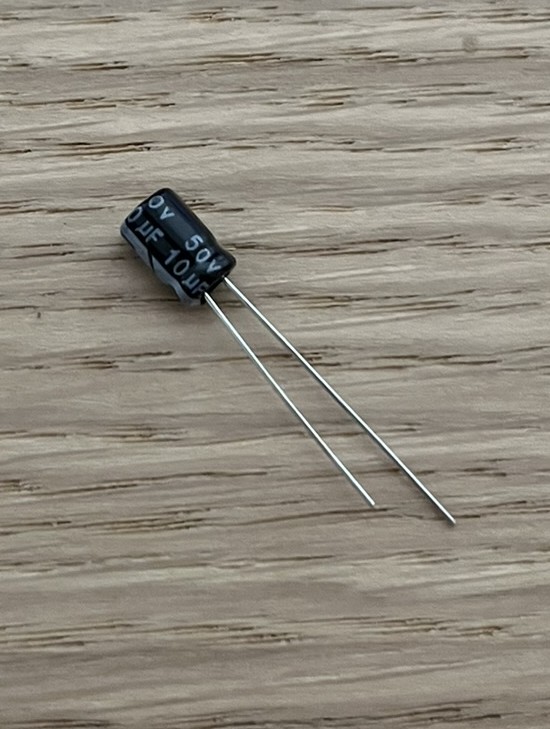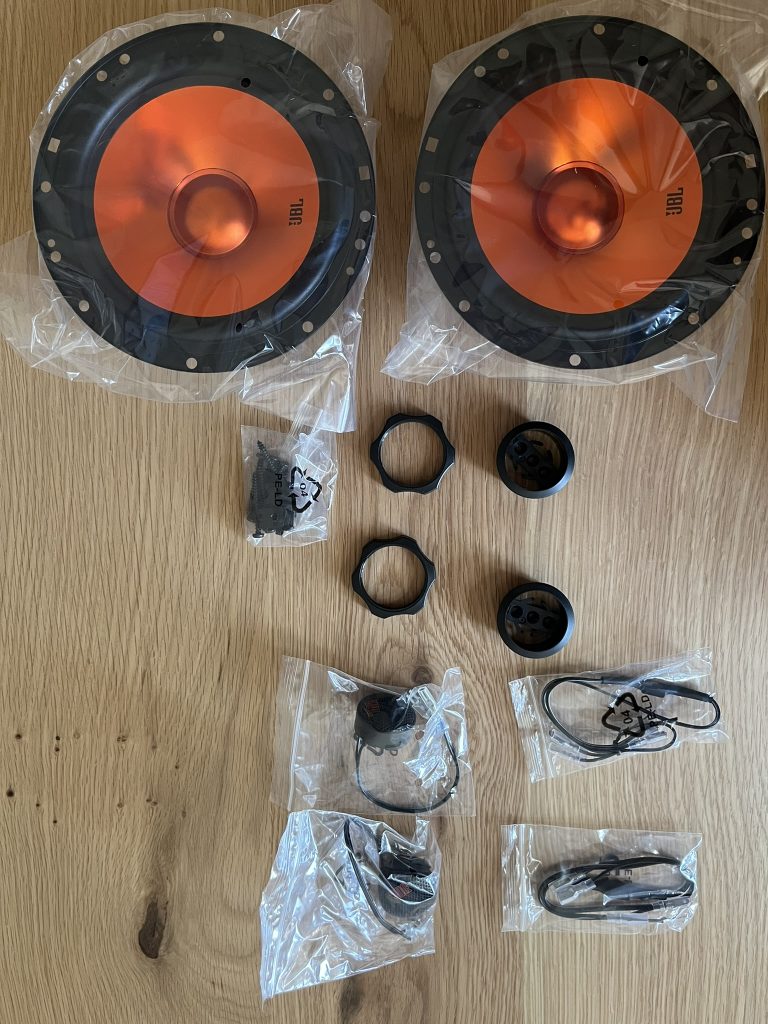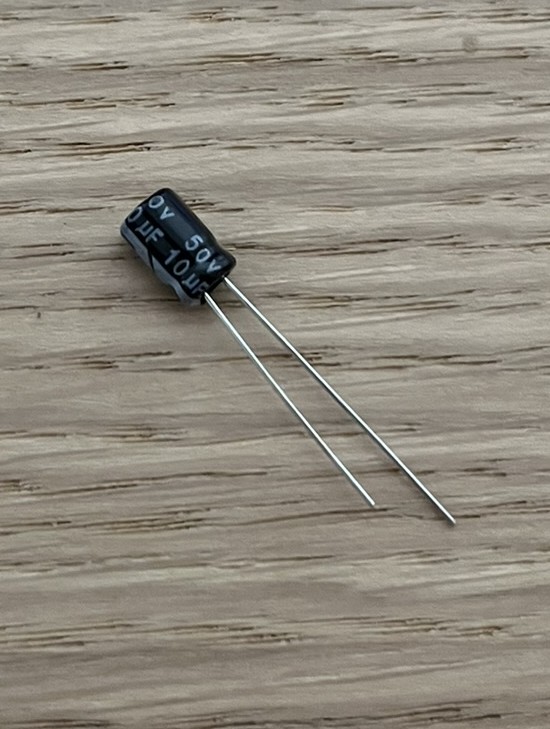A frequency crossover is an electronic component used in loudspeaker systems to divide the audio signal into different frequency ranges. This ensures that each speaker component (tweeter, midrange and woofer) only receives the frequencies for which it is optimized.
🧠 Why do you need a frequency crossover?
Without a frequency crossover, a tweeter, for example, would also receive low bass frequencies, which not only sounds bad but can also damage the speaker. The frequency crossover protects the speakers and at the same time improves the sound through targeted signal distribution.
👉 Types of frequency crossovers

| Type | Description |
|---|---|
| Passive | Consist of capacitors, coils and resistors. No power connection necessary. They come directly between the amplifier and loudspeaker. |
| Active | Require power, sit between audio source and amplifier. More flexibly adjustable, often digital. |
| Digital DSPs | Highly developed active crossovers with many setting options via software. Ideal for modern car hi-fi or studio technology. |
⚙️ Example: 2-way frequency crossover in a car
A typical 2-way system splits the signal into:
- Tweeter (e.g. > 3,000 Hz)
- Low/mid tone (e.g. < 3,000 Hz) → woofer
Many car hi-fi systems are supplied with such crossovers or you can configure them yourself.

🛠️ DIY or ready-made solution?

Ready-made solutions are suitable for beginners or quick projects. Do-it-yourself construction allows for individual adjustments, but requires basic knowledge of electronics (e.g. calculation of coil values depending on the crossover frequency).
💡 Tip: There are also online calculators for crossovers that you can use to calculate the necessary components. Perhaps an idea for a future tool on Techni-Guide?
🎯 Conclusion
Crossovers are essential for good sound and long-lasting speakers. Whether in your car, home theater or DIY project, the right crossover makes all the difference!
Don’t miss any more exciting tech tutorials and subscribe to our newsletter!